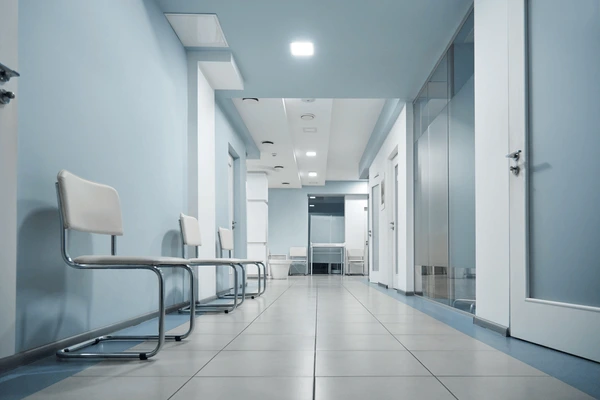Laboratories are demanding environments where equipment must withstand continuous use, exposure to chemicals, and frequent cleaning. Chairs in these settings are no exception. They must provide reliable support over years of service while meeting strict health and safety standards. For this reason, durability and longevity are top priorities in laboratory chair design and production.
A trusted laboratory chair manufacturer uses a combination of robust materials, advanced engineering techniques, and rigorous quality control to ensure each chair performs as intended throughout its lifecycle.
Selection of High-Quality Materials
The foundation of a long-lasting laboratory chair is the use of durable, purpose-built materials. Manufacturers carefully choose components that can handle the rigors of laboratory work:
- Frames and bases are typically made from reinforced steel or high-grade aluminum, which resist bending and corrosion.
- Upholstery often features antimicrobial, chemical-resistant vinyl or polyurethane, ensuring it stands up to disinfectants and spills.
- Foam padding is engineered to retain shape and resilience even after prolonged use.
By investing in high-quality materials from reputable suppliers, manufacturers create chairs that remain safe and comfortable for years.
Reinforced Structural Design
Design plays a critical role in durability. Engineers use advanced modeling software to simulate stress points and distribute weight evenly across the chair’s structure. Features like reinforced welds, thicker gauge tubing, and heavy-duty bases help prevent common failures such as:
- Frame fatigue and breakage
- Casters detaching under load
- Gas lift malfunctions
These structural reinforcements ensure chairs can safely accommodate frequent repositioning and heavy use without degrading performance.
Rigorous Testing and Certification
Reputable manufacturers do not rely solely on internal assessments to validate durability. Instead, they subject their chairs to extensive testing protocols that mirror real-world conditions. These evaluations may include:
- Cycle testing: Simulating thousands of seat height adjustments, swivels, and tilting motions.
- Load testing: Applying static and dynamic weights to assess strength and stability.
- Chemical resistance testing: Exposing upholstery to cleaning agents and corrosive substances.
- Fire resistance testing: Ensuring compliance with flammability standards.
Certifications such as ANSI/BIFMA, ISO 9001, and GREENGUARD provide further assurance that the chairs meet recognized benchmarks for safety and longevity.
High-Performance Components
Durability is also determined by the quality of smaller parts that often wear out first. For this reason, manufacturers prioritize:
- Industrial-grade casters that roll smoothly across various surfaces without deforming or jamming.
- Heavy-duty pneumatic lifts rated for high load capacities and frequent use.
- Robust tilt mechanisms with metal housings and precision-engineered springs.
By investing in premium components, manufacturers minimize the risk of breakdowns that could lead to downtime or costly repairs.
Attention to Cleanability
Laboratory chairs must withstand constant cleaning and disinfecting, which can degrade upholstery and finishes over time. To extend service life, manufacturers apply:
- Protective coatings that resist staining and chemical damage.
- Seamless upholstery that prevents contaminants from accumulating in crevices.
- Easy-to-replace covers or cushions to refresh the chair’s appearance and hygiene without replacing the entire unit.
These cleanability features protect the chair’s integrity and keep it looking professional longer.
Strict Quality Control Procedures
Durability begins with consistent manufacturing practices. Leading suppliers implement comprehensive quality control programs at every stage of production:
- Raw material inspections to confirm compliance with specifications.
- In-process checks to verify weld integrity, component fit, and assembly accuracy.
- Final inspections that test functionality and visual appearance.
Documented quality control processes reduce the likelihood of defects and ensure each chair meets the same high standards.
Conclusion
Durability and longevity are essential qualities for any laboratory chair. By focusing on superior materials, reinforced engineering, rigorous testing, and strict quality control, laboratory chair manufacturers create products that can handle the daily challenges of scientific and technical environments.
When evaluating a supplier, look beyond marketing claims and ask for evidence of the processes and certifications they use to ensure durability. A chair that is engineered to last will not only provide better value over time but will also contribute to a safer, more efficient laboratory for years to come.

